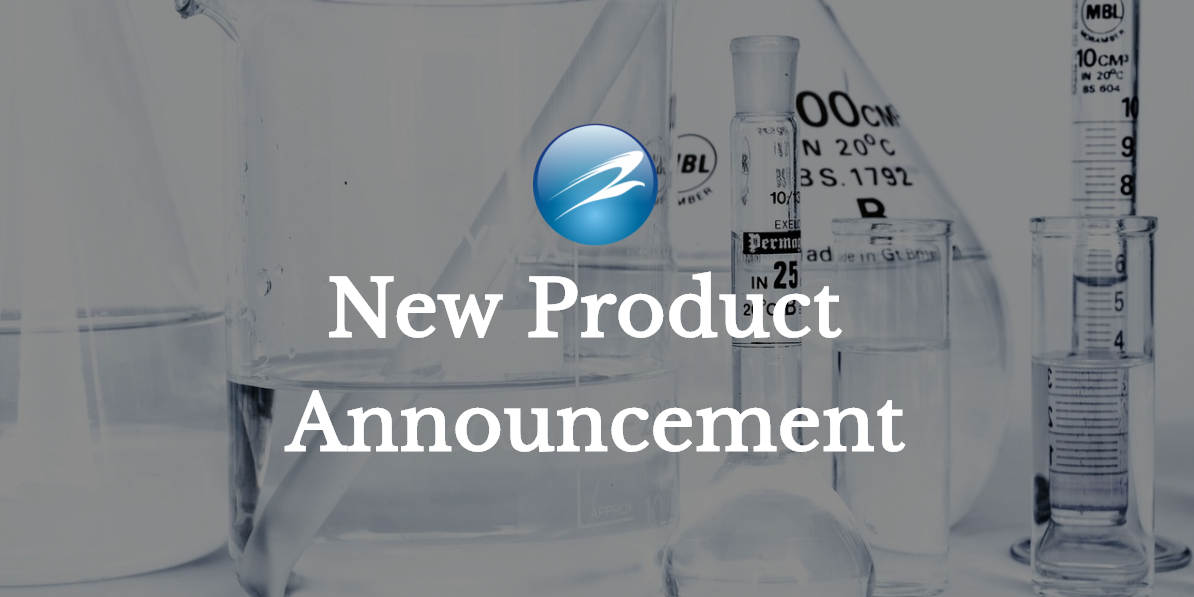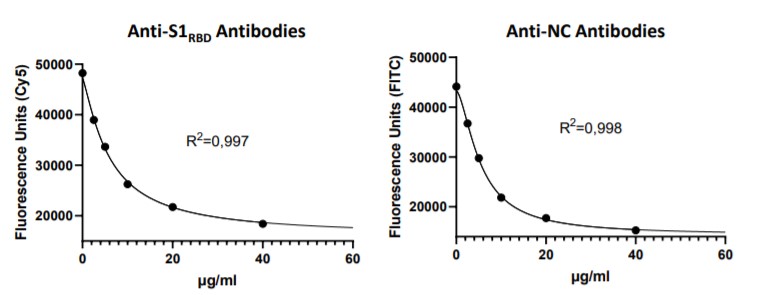
Endostatin is an endogenous angiogenesis inhibitor localized in the vascular basement membrane in various organs. The biological functions of the endostatin-network involve SPARC, thrombospondin-1, glycosaminoglycans, collagens, and integrins. Endostatin is expressed during the progression of renal fibrosis in tubular cells of injured tissue.
A recent study aimed to discover the role of endostatin in in the dysregulation of angiogenesis in patients with kidney and heart failure. Scientists found that due to its capability to inhibit angiogenesis and tumor growth, endostatin is highly involved in these processes in chronic kidney disease and heart failure. Since endostatin is not just a biomarker of angiogenesis but also a hormone regulating these processes, pharmacologic intervention in this system might offer new therapeutic options in the future.
Li M, Popovic Z, Chu C, Krämer B, K, Hocher B: Endostatin in Renal and Cardiovascular Diseases. Kidney Dis 2021. doi: 10.1159/000518221 Full Text Here.
Eagle Biosciences offers a robust assay for the measurement of endostatin in human samples, the Endostatin ELISA Assay Kit. The benefits of this assay include:
- for serum, plasma, and urine samples
- SIMPLE analysis – results in 4.5 h
- LOW SAMPLE VOLUME – only 20µl sample / well
- HIGH QUALITY – fully validated assay according to ICH/FDA/EMEA
We also offer a Mouse/Rat Endostatin ELISA Assay Kit for other testing needs.
If you have any other questions about these products or our other offerings, contact us here.




